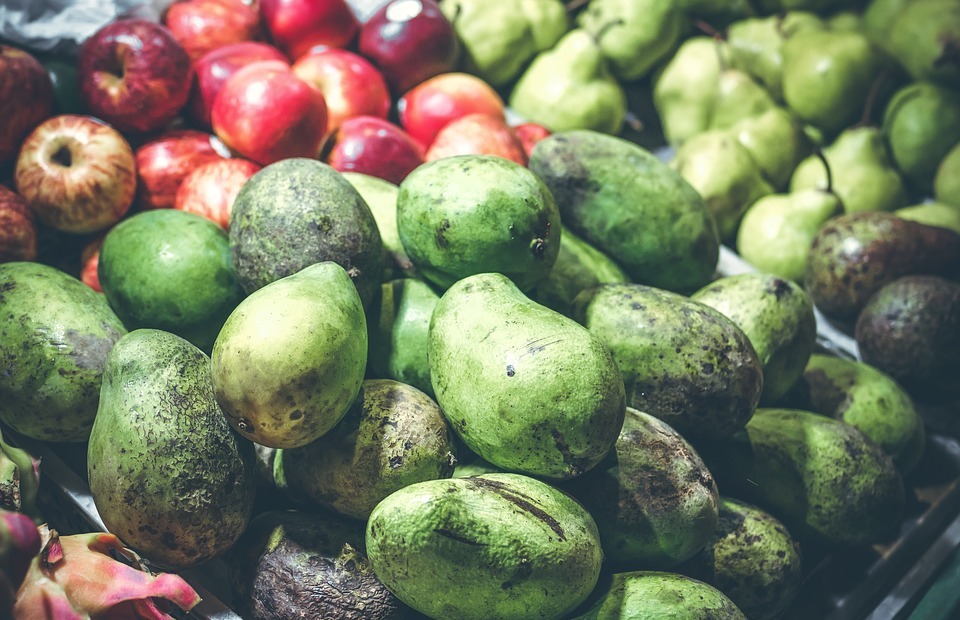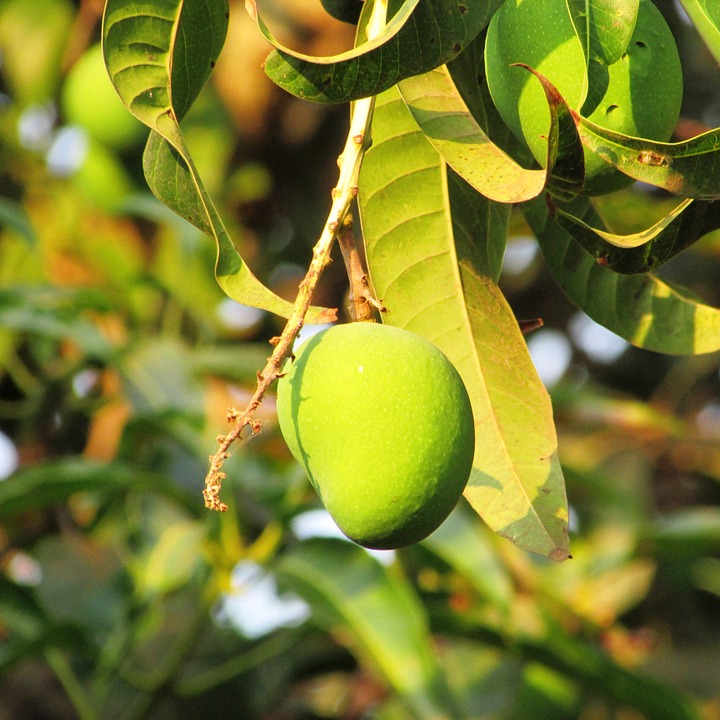This comprehensive guide delves into the world of mango consumption for dogs, exploring whether this tropical fruit is a safe treat or a potential danger. We'll cover the benefits and risks associated with mango, provide essential tips for safe feeding, and answer common questions you may have about this delicious fruit.
Part 1: Understanding the Mango and Its Nutritional Value

1.1 What is Mango?
Mango (Mangifera indica) is a tropical fruit renowned for its sweet, juicy flesh and vibrant colour. Originating in South Asia, it has become a global favourite, enjoyed for its unique flavour and nutritional properties. Mangoes come in various varieties, each with slightly different flavour profiles and textures. Some popular varieties include Alphonso, Kent, and Ataulfo.
1.2 Nutritional Profile of Mango
Mango is a rich source of vitamins, minerals, and antioxidants, offering a nutritional boost to both humans and dogs.
1.2.1 Key Vitamins and Minerals
- Vitamin C: Essential for immune function, collagen production, and wound healing. It also acts as an antioxidant, protecting cells from damage caused by free radicals.
- Vitamin A: Promotes healthy vision, skin, and immune function. It plays a crucial role in maintaining the health of mucous membranes and in supporting normal growth and development.
- Potassium: Regulates blood pressure and muscle function. It helps maintain electrolyte balance and supports proper nerve function.
- Fibre: Supports digestion and regularity. It adds bulk to stool, helps prevent constipation, and promotes healthy gut bacteria.
1.2.2 Antioxidants
Mango is packed with antioxidants, including polyphenols and carotenoids, which help protect cells from damage caused by free radicals. These antioxidants contribute to overall health and may help prevent chronic diseases.
Part 2: Can Dogs Eat Mango?

2.1 The Verdict: Mango is Generally Safe for Dogs
While not a staple in a dog's diet, mango can be a safe and enjoyable treat in moderation. However, it's crucial to understand the potential risks and limitations.
2.2 Benefits of Mango for Dogs
- Source of Vitamins and Minerals: Mango offers a small boost of essential vitamins and minerals, contributing to overall health. This is especially beneficial for dogs with specific nutritional needs or those who are recovering from illness.
- Antioxidant Properties: Antioxidants in mango may help protect canine cells from damage, supporting overall health and potentially reducing the risk of certain diseases.
- Fibre Content: A modest amount of fibre can aid digestion and promote regularity, especially for dogs prone to constipation or digestive issues.
- Hydration: Mango's high water content can help keep dogs hydrated, especially during warm weather. This is particularly important for active dogs or those living in hot climates.
2.3 Potential Risks of Mango for Dogs
- High Sugar Content: Mango is relatively high in sugar, which can contribute to weight gain and dental issues if fed excessively. It's essential to offer mango in moderation and to monitor your dog's weight. Dental hygiene is also important, with regular brushing and professional cleanings.
- Gastrointestinal Issues: Large quantities of mango can cause digestive upset, including diarrhoea and vomiting, especially if your dog is not accustomed to eating it. Start with small amounts and observe your dog's reaction. If you notice any signs of digestive upset, reduce the amount or discontinue feeding altogether.
- Allergic Reactions: While rare, some dogs may experience allergic reactions to mango, manifesting as skin irritation, itching, or swelling. If you notice any allergic symptoms, discontinue feeding and consult your veterinarian.
- Toxicity of the Seed and Skin: The mango seed and skin contain urushiol, a compound that can cause irritation and allergic reactions in dogs. It's crucial to remove both the seed and skin before offering mango to your dog.
Part 3: Safely Serving Mango to Your Dog

3.1 Choosing the Right Mango
Select ripe, blemish-free mangoes for your canine companion. Avoid overripe or damaged mangoes as they may contain bacteria or mould. When choosing a mango, look for one that yields slightly to gentle pressure and has a fragrant aroma. Avoid mangoes with bruises, soft spots, or signs of decay.
3.2 Preparation and Serving
- Wash Thoroughly: Always wash the mango thoroughly to remove any pesticides or dirt. Use cool running water and scrub gently with a vegetable brush to ensure cleanliness.
- Remove Seed and Skin: Carefully remove the seed and skin before serving, as these parts can be toxic. Cut the mango lengthwise and twist the two halves apart. Use a sharp knife to carefully slice the flesh away from the seed. Peel the skin with a knife or your fingers, discarding both the seed and skin.
- Cut into Bite-Sized Pieces: Chop the mango flesh into small, manageable pieces to prevent choking hazards. Ensure the pieces are small enough for your dog to easily chew and swallow.
- Offer in Moderation: Mango should be given in small amounts as a treat, not as a meal replacement. The recommended amount varies depending on your dog's size and weight. Start with a small piece and observe your dog's reaction. If they tolerate it well, you can gradually increase the amount.
- Bananas: A good source of potassium and fibre, bananas are a popular and safe treat for dogs. They are readily available, easy to digest, and can be enjoyed in moderation.
- Blueberries: Packed with antioxidants and low in sugar, blueberries are a healthy snack for dogs. They offer a wide range of benefits, including improved vision, cognitive function, and heart health.
- Apples: A source of fibre and vitamin C, apples can be a good treat for dogs. However, ensure you remove the core and seeds, as they contain cyanide, which is toxic to dogs.
- Strawberries: Rich in vitamin C and antioxidants, strawberries are a delicious and nutritious treat for dogs. They can be enjoyed fresh or frozen and are a good source of fibre. However, like all fruits, strawberries should be offered in moderation.
3.3 Observing for Reactions
It's crucial to monitor your dog after offering mango for any signs of adverse reactions, such as diarrhoea, vomiting, or skin irritation. If you notice any unusual symptoms, discontinue feeding and consult your veterinarian. Keep a close eye on your dog for the first few hours after offering mango. If you observe any signs of allergic reactions or digestive upset, discontinue feeding and seek professional advice.
Part 4: Alternatives to Mango for Dog Treats
If you're seeking safe and nutritious alternatives to mango, consider these fruit options:
Part 5: The Importance of a Balanced Diet
Remember that mango should not replace a dog's regular diet. A balanced and nutritionally complete dog food remains essential for their overall health and well-being. It provides the necessary nutrients for growth, development, and maintenance. Ensure you choose a high-quality dog food formulated to meet the specific needs of your breed and age.
Part 6: FAQs
6.1 Can Puppies Eat Mango?
Puppies under six months of age are generally not recommended to eat mango. Their digestive systems are still developing, and they may be more prone to digestive issues. It's best to err on the side of caution and wait until your puppy is older before introducing new foods, including mango.
6.2 How Much Mango Can My Dog Eat?
The appropriate amount of mango for your dog depends on their size and weight. A small dog may only tolerate a few small pieces, while a larger breed might tolerate a larger serving. A good rule of thumb is to start with a small amount, about the size of a grape, and observe your dog's reaction. If they tolerate it well, you can gradually increase the amount, ensuring you never exceed 10% of their daily calorie intake from treats.
6.3 What If My Dog Eats the Mango Seed?
The mango seed is not digestible and can cause intestinal blockage. If your dog ingests the seed, it's crucial to contact your veterinarian immediately. They may recommend inducing vomiting or providing supportive care to help pass the seed safely.
6.4 Can Mango Cause Diarrhoea in Dogs?
Yes, eating too much mango can cause diarrhoea in dogs, especially if they are not accustomed to eating this fruit. Mango's high sugar content and fibre can upset the delicate balance of gut bacteria, leading to diarrhoea. If you notice diarrhoea after feeding mango, reduce the amount or discontinue feeding altogether. If the diarrhoea persists or worsens, consult your veterinarian.
6.5 Is Dried Mango Safe for Dogs?
Dried mango is generally safe for dogs, but it's even higher in sugar than fresh mango. Offer dried mango in small amounts as a treat and be mindful of the added sugar content.
6.6 Can Mango Cause Allergies in Dogs?
While rare, mango can cause allergies in some dogs. Watch for signs like skin irritation, itching, or swelling after eating mango. If you notice any allergic symptoms, discontinue feeding and consult your veterinarian. They may recommend allergy testing to confirm the diagnosis and provide appropriate treatment.
Everyone is watching
-

Can Dogs Eat Bananas? A Guide to Safe Treats
DOGS & PUPPIESThis comprehensive guide will delve into the world of canine nutrition, focusing on the popular question: can ...
-

Can Dogs Eat Oranges? (Is It Safe or Toxic?)
DOGS & PUPPIESThis article delves into the question of whether dogs can safely consume oranges. We'll explore the nutrition...
-

Can Dogs Eat Grapes? The Shocking Truth About This Fruit
DOGS & PUPPIESThis article delves into the controversial topic of grapes and dogs, exploring the potential dangers associate...
-

Why Do Dogs Eat Poop? Understanding Coprophagia in Dogs
DOGS & PUPPIESThis article delves into the perplexing phenomenon of coprophagia, the act of eating faeces, in dogs. We explo...
-

Can Dogs Eat Shrimp? A Guide to Safety and Risks
DOGS & PUPPIESThis comprehensive guide dives into the world of shrimp and dogs, exploring the potential benefits and risks a...
